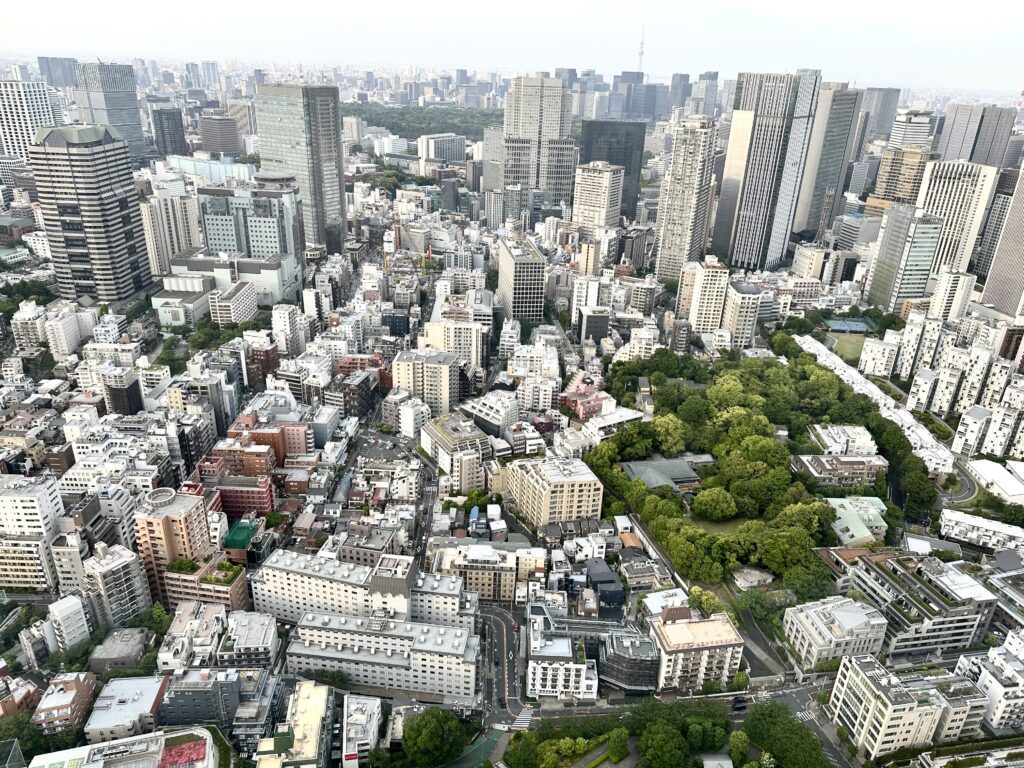
- ARAB NEWS
- 17 Aug 2025

TOKYO: While the 9.0-magnitude earthquake 13 years ago in northern Japan grabbed headlines due to the massive tsunami and nuclear meltdown that followed, a lesser-known story was the liquefaction of ground around Tokyo that caused house foundations to weaken and buildings to tilt dangerously.
Many houses in places such as Urayasu near Tokyo Disneyland and Saitama north of Tokyo suffered heavy damage as a result of this liquefaction, and this was from an earthquake hundreds of kilometers away.
Experts predict a 70–80 percent probability of a major earthquake striking in or close to the Tokyo metropolitan area or along the Nankai Trough running across southern Japan in the next 30 years. When that happens, the situation could be far worse.
Weekly Gendai worked with Jiban Net, a ground analysis company, to analyze data on areas with weak ground and the results showed that much of Tokyo could be affected by liquefaction, which causes soil – and foundations – to disintegrate.
Hazard maps of Tokyo show almost the entire eastern and southern coastal areas of the city painted in red, indicating danger. These areas include major commercial centers such as Minato Ward and Chuo Ward, which includes Ginza and Nihonbashi, and areas close to Tokyo Station and the Imperial Palace.
“These areas are prone to shaking due to loose ground and are at high risk of flooding due to their low elevation,” Jiban Net’s Vice President, ITO Yoichi, said.
Many of these areas consist of land reclaimed from the sea, but areas deeper into Tokyo are also at risk, as much of the land was marshland before Edo transformed itself into the nation’s capital. Many rivers run through the Tokyo area so the danger remains, even in areas that some think are “safe.”
“Even in residential areas that seem to have strong ground, there are former rivers and valleys running like blood vessels beneath the surface,” Ito says. “Areas with filled or reclaimed land are more susceptible to shaking and collapse during earthquakes.”
As well as earthquakes, typhoons and heavy rains can cause problems on weak land, as happened in the fall of 2019, when massive downpours caused flooding in high-rise apartments and houses around Tokyo. It’s been 101 years since Tokyo was partially destroyed by a massive earthquake and people are living in fear of the next big one, which could happen any day.